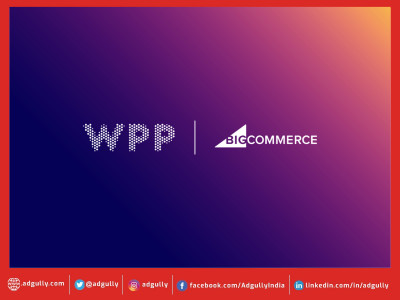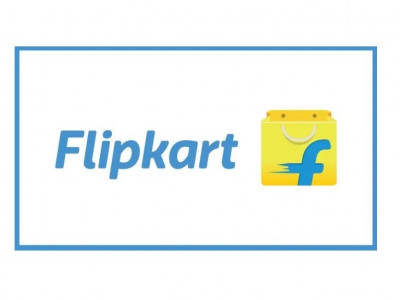Before you personalise, localise: Sandeep Bhanote, Radius8
‘Use Hyperlocal Digital Experiences to Drive New Commerce’ was the subject of the session presented by Sandeep Bhanote, Co-Founder and CEO, Radius8, on July 3. This was organised as part of a Masterclass series, called ‘Retail: Day 1’, organised by FCB India and Networkbay.
During the session, Bhanote spoke about the role of physical locations in the digital commerce space. He criticised the e-commerce platforms, saying no matter where the customer is from, the e-commerce UI/UX experience remains the same.
“The philosophy in retail is that if you personalise the customer experience, then you can get them to buy more,” explains Bhanote. He argues that more personalisation does not necessarily translate into a better retail experience. According to him, it is better to understand the context for the customer’s visit to the store.
Bhanote founded Radius8 to study the online purchase patterns of customers and be able to detect a pattern using an algorithm. In categories like apparel, Bhanote notes that only 2% of the store visitors actually convert into paying customers. He surmises that it would be a waste to personalise the experience of 100% of shoppers, instead it would be more cost efficient to deliver the right experience to the target cohort.
The retail sales funnel is riddled with friction, says Bhanote. He believes that a big problem with the sales funnel is that it concerns itself too much with customers that don’t convert. “Usually, to increase sales, a retailer will offer some incentive to the customers to buy, like a discount. That means they will spend money to bring the customer to buy once.”
He shares the example of a national retail chain. The chain has high performing, mid performing and low performing stores. To incentivise customers to buy from the low performing store, the retail chain will announce a National Sale across its stores, even the high performing ones. Bhanote suggests that the approach should be more surgical.
What’s a good way to anticipate buying behaviour in a retail environment? Location is a good indicator of buying behaviour, asserts Bhanote. His company uses location data as a context to create new commerce opportunities that benefit both in-store and online channels.
Going back to the example of the retail chain, Bhanote suggests that the store should analyse the digital traffic around its low performing stores and see what they are buying. Then it should stock up on those products. He says, “If there is a place of interest, then a retail outlet should display products and experiences that are relevant to people in that area. A hyperlocal digital experience drives dollars.”
“It is common practice for restaurants for offer different food options in different markets. Why would be any different for retail brands?” questions Bhanote.
He observes that the post COVID-19 reality has set a new context for customers. He says, “Customers will be a lot more likely to begin a retail visit with a quick Google search”, adding that customers would like to know if a store close to them is open; is it safe to visit the store; what is the traffic at the store; health precautions and rules to follow when you visit a particular store; whether the product they want is available at the store, etc.
According to him, “Even post-COVID-19 people will want to shop in stores, however, when stores open, people will carefully consider before they visit. A store that does not have the requisite safety standards will be fall out of the consideration funnel.”
A strong hyperlocal experience informs and engages customers and drives traffic to stores. You can do simple things like start offering curb side pickups for categories like apparel and make up or just let customers know the occupancy levels within the store by looking at internal footfall data.
“Marketers usually obsess about one-liners but good marketing is telling your customer what you can do. If a promise is not kept, it impacts the customer experience. That usually comes down to planning,” he signs off.
















Share
Facebook
YouTube
Tweet
Twitter
LinkedIn